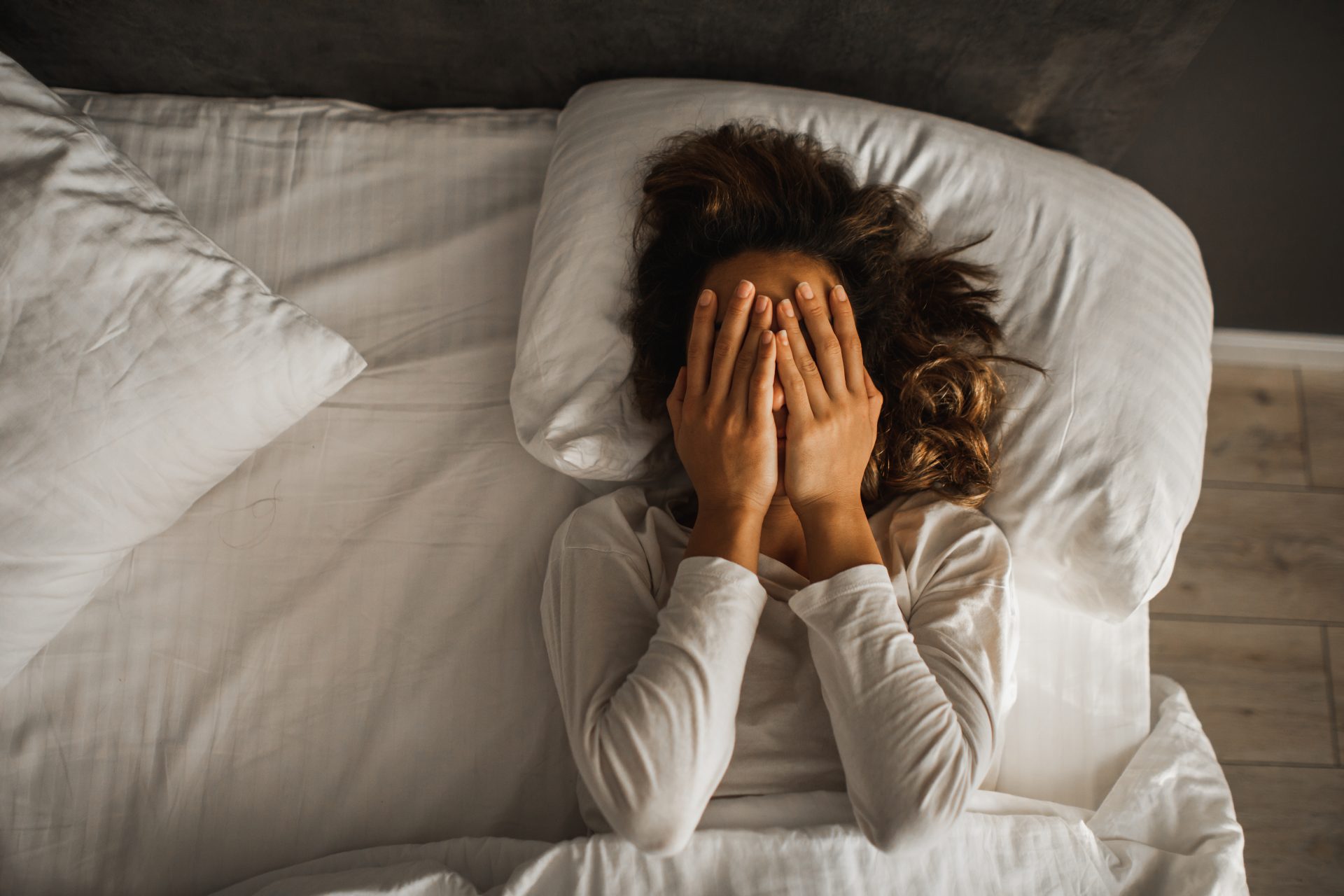TikTok is obsessed with brown noise – but what is it and what does it do? We asked an expert to explain all.
There are so many wellness trends out there these days that it can be hard to work out which ones are worthy of your time.
As important as taking care of yourself is, trying every new trend or technique can take up a considerable chunk of your time – not ideal when you’re already feeling stressed out by the number of tasks on your to-do list.
The key, then, is sorting through the trends in order to identify the ones that work best for you – and that’s where this article comes in.
If you’ve been on TikTok at all over the last couple of months, you’ll no doubt have stumbled upon a video (or 10) about the benefits of all different coloured ‘noises’.
You may also like
Can a mindful breathing device reduce stress and anxiety? 2 stressed-out writers put the Moonbird breathing pacer to the test
Long gone are the days when white noise was a sign of a poor TV signal; now, these noises have been linked to a wide range of benefits, including improved concentration and better sleep. And one of the most popular noises – linked to deeper sleep and relaxation – is brown noise. With over 150 million views on TikTok, it’s safe to say brown noise has taken the world by storm. But what is it?
To help you start to wrap your head around the concept, we asked Martin Seeley, a sleep expert and CEO of Mattress Next Day, to tell us all brown noise. From the benefits to the ways in which it differs from pink and white noise, here’s what he had to say.
What is brown noise?

If you’ve ever listened to brown noise, you’ll know it’s difficult to describe. Like white noise, it’s fairly non-descript – but it’s the elements that make up brown noise that makes it so unique.
“Brown noise is a low-frequency sound produced by the same process that causes Brownian motion (random particle motion),” Seeley explains.
“Brown noise essentially describes the use of constant noises with minimal sound variations, so rather than changing speeds and tones, the sound remains the same throughout, with little tonal variation. The term was coined by the 19th century botanist Robert Brown, who discovered Brownian motion.”
How is brown noise different from other ‘noises’?
While the audible difference between brown, white and pink noise is relatively small, those who try it online typically say it sounds more pleasing and calming to the ear.
“Brown noise is deeper and a bit rougher than pink and white noise, as it has higher energies at lower frequencies,” Seeley explains.
“Typical sounds featured in brown noise would be low, rumbly noises, such as thunder, strong winds, the ocean, strong river currents, heavy rain or the hum of an aeroplane.”
What are the benefits of brown noise?

While not everyone will experience the same benefits from brown noise, experts believe it has plenty to offer – especially for those who get restless at bedtime.
1. It can help you sleep better
There’s not as much research on how brown noise can help to promote sleep when compared to pink and white noise, but Seeley says the sense of relaxation the sound provides can help people who struggle to silence their thoughts at bedtime feel more settled.
“With brown noise, you can hear every frequency that the ear can detect, so it can create an immersive experience that helps to mask other thoughts, meaning you can focus on one clear thing, such as relaxing, reading or sleeping,” he explains.
You may also like
Can’t sleep? These are the 9 mistakes you’re making when struggling to switch off
2. It promotes relaxation
In the same way that brown noise can promote better sleep by helping you to switch off, it can also help you relax during the evening.
Indeed, Seeley explains, the background sound provided by brown noise and other sounds can help the mind relax and unwind by distracting the listener from their thoughts.
3. It can make it easier to focus
Many of the people posting about brown noise on TikTok say it’s beneficial for their ADHD because it helps them to focus, and Seeley agrees.
“Some studies have found that listening to brown noise specifically can actually help to improve focus, and has been found particularly helpful for those with ADHD,” he says.
“Some people consider brown noise to be a good work soundtrack, as it can help to mask any distracting noises around you such as talking, chewing and typing.”
You may also like
The perceptive ways women with ADHD optimise their homes with interior design
4. It masks other sounds
Along these lines, the masking properties of brown noise make it a great tool for filtering out background noises.
This isn’t unique to brown noise – pink and white noise and other sound effects, such as rainfall, can do a similar job – but its non-descript nature makes it the perfect option for people trying to filter out sound during the night.
“When we sleep, there is a part of our brain that remains aware of our environment and responds to sounds which cause us to wake, and if you live in a town or city where there is a lot of outside noise such as traffic, music or sirens, this can disrupt sleep quality,” Seeley says.
“Sound masking from brown noise works to drown out these loud isolated sounds by playing a continuous frequency, allowing your mind to enter a deep sleep.”
Where to find brown noise
The good news is that brown noise is relatively easy to find. Spotify has plenty of brown noise playlists that will provide you with hours of listening, and you can find a number of extended brown noise videos on YouTube, too.
You can check one out below:
Images: Getty
Source: Read Full Article
